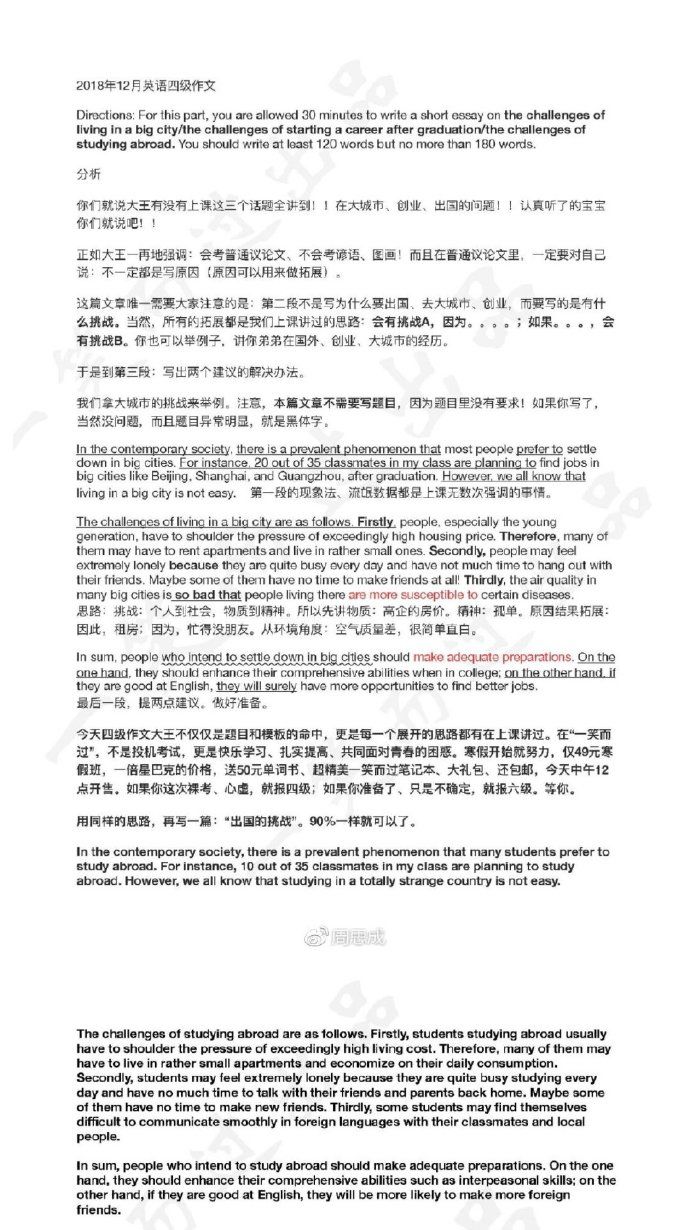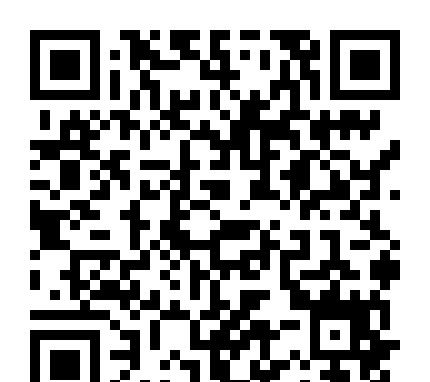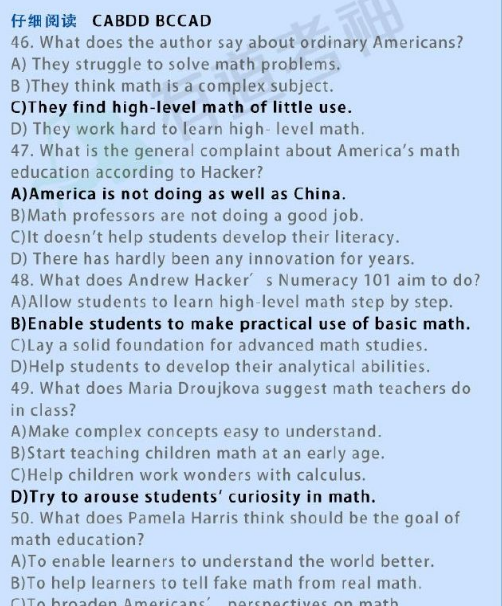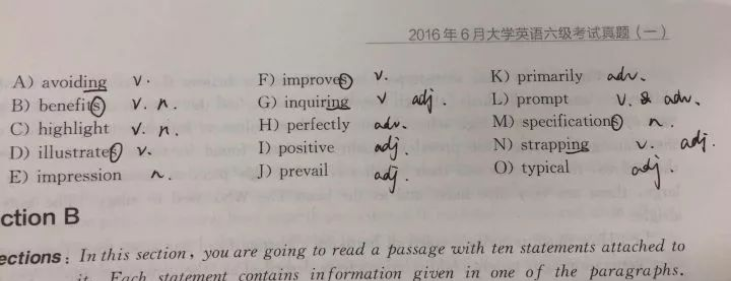PETS全国职称英语等级考试样题—(财经类)3
|
Passage 3 Aristotle, the Greek philosopher, summed up the four chief qualities of money some 2,000 years ago. It must be lasting and easy to recognize, to divide, and to carry about. When we think of money today, we picture it ……as round, flat pieces of metal which we call coins, or as printed paper notes. But there are still parts of the world today where coins and notes are of no use. They will buy nothing, and a traveler might starve if he had none of the particular local "money" to …… Among remote people, who are not often reached by traders from outside, commerce usually means barter (物物交换). There is a direct exchange of goods. Perhaps it is fish for vegetables, meat for grain, or various kinds of food in exchange for pots, baskets, or other manufactured goods. For this kind of simple trading, money is not needed, but there is often something that everyone wants and everybody can use, such as salt to flavor (给……调味) food, shells for ornaments(装饰), or iron and copper to make into tools and pots. These things-salt, shells or metals-are till used as money in out-of-the way parts of the world today. Salt may rather a strange substance to use as money, but in countries where the food of the people is mainly vegetable, it is often an absolute necessity. Cakes of salt, stamped to show their value, were used as money in Tibet until recent times, and cakes of salt will still buy goods in Berneo and parts of Africa. Cowrie sea shells have been used as money at some time or another over the greater part of the Old World. These were collected mainly from the beaches of the Maldive Islands in the Indian Ocean, and were traded to India and China. In Africa, cowries were traded right across the continent from East to West. Four or five thousand went for one Maria Theresa dollar, an Austrian silver coin which was once accepted as money in many parts of Africa. Metal, valued by weight, early coins in many parts of the world. Iron, in lumps, bars or rings is still used in many countries instead of money. It can either be exchanged for goods, or made into tools, weapons or ornaments. The early money of China, apart from shells, was of bronze (青铜), ten in flat, round pieces with a hole in the middle, called "cash". The earliest of these are between three thousand and four thousand years old-older than the earliest coins of the eastern Mediterranean. Nowadays, coins and notes have taken place of nearly all the more interesting forms of money, and although in one or two of the more remote countries people still hold it for future use on ceremonial (仪式的) occasions such as weddings and funerals (葬礼), examples of early money will soon be found only in museums. 11. In some parts of the world a traveler might starve __________. ○A. even if his money was of the local kind ○B. even if the had no coins or notes ○C. if the did not know the local rate of exchange ○D. even if he had plenty of coins and notes 12. Barter usually takes the place of money transaction where __________. ○A. there is only salt ○B. the people’s trading needs are fairly simple ○C. metal tools are used ○D. only for ceremonial purposes 13. Salt is still used as money __________. ○A. in Tibet ○B. in the Maldive Islands ○C. in several countries ○D. only for ceremonial purposes 14. Four or five thousand cowrie shells used to be __________. ○A. as valuable as a Maria Theresa dollar ○B. valued because they were easy to carry ○C. useful currency in south America ○D. useful currency in south America 15. The earliest known coins from the eastern Mediterranean _________. ○A. are as old as the earliest known Chinese coins ○B. are old than the earliest known Chinese coins ○C. are not as old as the earliest known Chinese coins ○D. were much larger than their Chinese equivalents |








